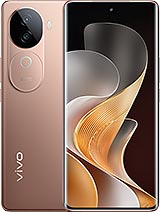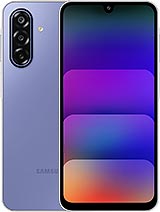iQOO Z10 alternatives
Tap above to see alternatives.
Oppo K13x alternatives
Tap above to see alternatives.
1x2.5 GHz Cortex-A720
3x2.4 GHz Cortex-A720
4x1.8 GHz Cortex-A520
2x2.4 GHz Cortex-A76
6x2.0 GHz Cortex-A55
8GB 256GB (UFS 2.2)
12GB 256GB (UFS 2.2)
6GB 128GB (UFS 2.2)
8GB 256GB (UFS 2.2)
f/1.8, (wide), 1/1.95", 0.8µm, PDAF, OIS
2 MP
f/2.4, (depth)
OmniVision OV50D, f/1.8, (wide), PDAF
2 MP,
f/2.4, (Mono)
1080p@30/60fps
f/2.0, (wide)
GalaxyCore GC08A8, f/2.0, (wide)
SIM1: Nano, SIM2: Nano
SIM1: Nano, SIM2: Nano (Hybrid)
10 5G bands
n1, n3, n5, n8, n28, n38, n40, n41, n77, n78
9 5G bands
n1, n3, n5, n8, n28, n40, n41, n77, n78
In this performance comparison, the iQOO Z10 with its Qualcomm Snapdragon 7s Gen 3 (4nm) performs better than the Oppo K13x with the Mediatek Dimensity 6300 (6nm), thanks to superior chipset efficiency.
Both iQOO Z10 and Oppo K13x offer the same software support — 2 years of OS updates and 3 years of security updates.
iQOO Z10 features a superior AMOLED display, while Oppo K13x comes with an LCD panel. Both smartphones offer the same 120 Hz refresh rate. iQOO Z10 also boasts a brighter screen with 5000 nits of peak brightness, enhancing outdoor visibility. Notably, iQOO Z10 offers a higher screen resolution, resulting in sharper visuals and more detailed content.
iQOO Z10 comes with a larger 7300 mAh battery, which may offer longer usage on a single charge. iQOO Z10 also supports faster wired charging at 90W, compared to 45W on Oppo K13x.
Both phones feature the same IP65 rating for water and dust resistance.
- iQOO Z10 – Check price here
¹ Scores can vary even with the same chipset due to RAM, thermals, and software optimization.












